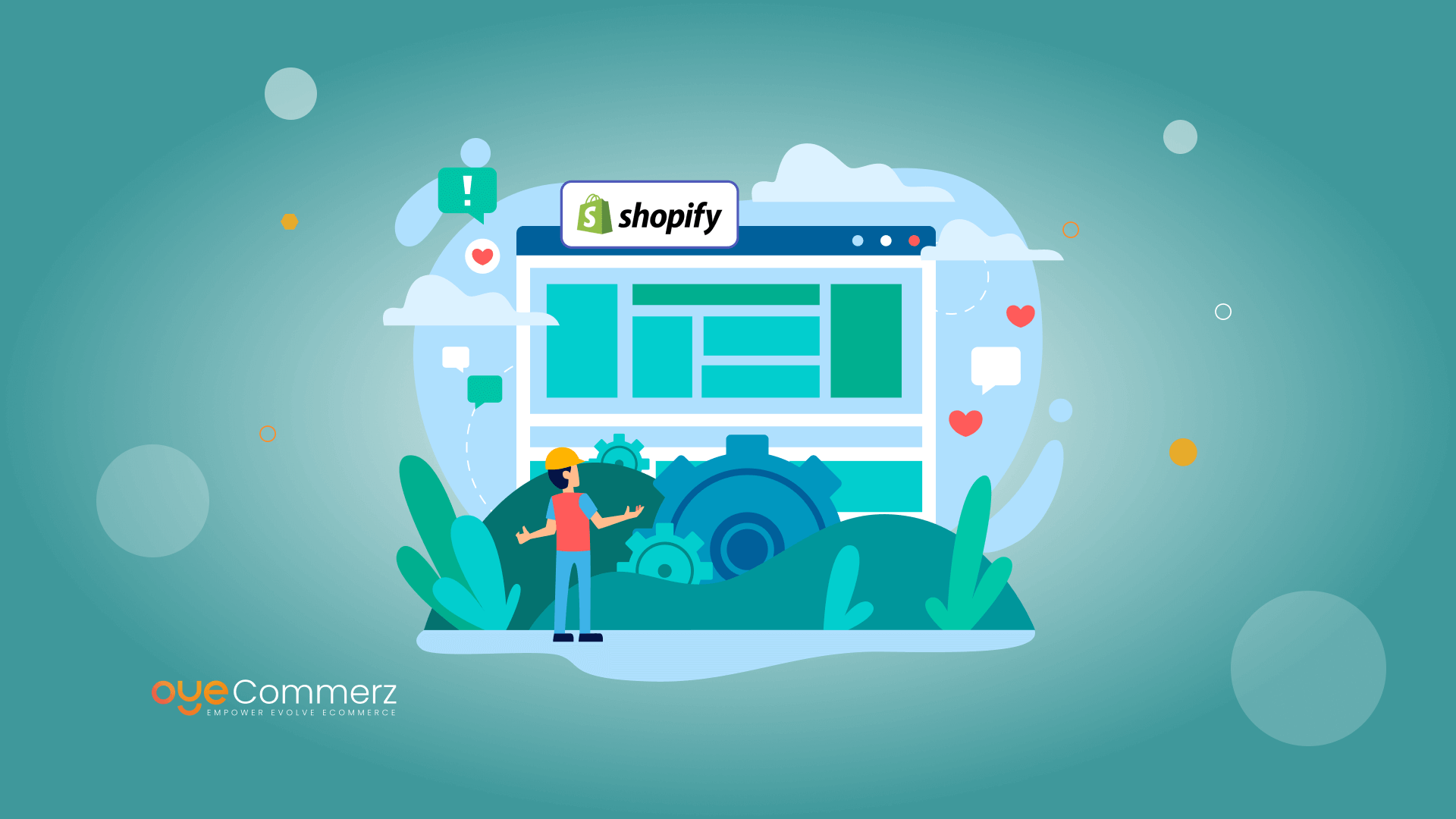
Introduction
In today's competitive e-commerce landscape, Shopify sellers are constantly searching for strategies to maximize profits and optimize their operations. An impactful approach is through tailored Shopify apps customized to meet specific requirements. Integrating with the Shopify API and using resources like the Polaris design system, such applications enable companies to scale efficiently while boosting customer engagement. In this post, we’ll explore essential elements of Shopify application creation, from design factors and essential features to effective methods for maintaining and growing apps successfully.
1. Grasping Shopify API Linkage
A solid understanding of Shopify’s Application Programming Interface—both Representational State Transfer and GraphQL—is essential for creating reliable Shopify apps. With these APIs, developers can fetch, modify, and manage data within a Shopify site. The GraphQL API offers fast data handling, facilitating speedier outputs by retrieving only the essential elements. Connecting the API allows programmers to adapt app functionality to the organization's specific requirements, offering a integrated UX that improves operational effectiveness and sales.
2. Leveraging the Shopify’s Polaris framework
Shopify’s Polaris design system assists programmers to design a cohesive and easy-to-use interface across Shopify apps. Polaris provides a suite of components and recommended practices that fit with Shopify’s design language, creating apps feel native within the Shopify platform. This approach goes beyond supports intuitive app navigation but also aids ensure brand consistency, an important component in building credibility with users.
3. Building within the Shopify Application Network
The Shopify app ecosystem is extensive, allowing developers to build embedded Shopify applications that function in a business’s management system. Internal apps simplify the customer journey by linking directly within Shopify’s platform, eliminating the necessity for additional authentication or extra steps. For developers, employing Node.js for server-side tasks and React.js for the user interface has emerged as a popular option, as such tools allow growth-ready, adaptive apps that provide an optimal UX.
4. Essential Components for Shopify Applications
A effective Shopify application needs functionalities that resolve critical challenges in the digital sales process. Webhooks for instant updates, personalized layout style settings, and cross-channel commerce capabilities are vital elements that can improve operational control and user interactions. By adding these features, Shopify applications go beyond simplify internal operations but also enhance the overall customer experience.
5. Key Strategies for Creating Shopify Apps
When creating Shopify applications, it’s crucial to follow industry best practices. Support plans such as frequent patches, client help, and security patches are critical for maintaining consumer confidence. Promotional efforts for Shopify applications can also be leveraged to increase app visibility and user base. Interaction boosters, including app alerts and incentive plans, are key for retaining users and building a dedicated audience.
6. Expanding Shopify Apps for Growth
As Shopify stores grow, growing app performance becomes essential to handle higher user loads and functionality demands. Adopting on-demand resources and focusing on information processing through Graph Query Language can enable applications scale without performance issues. It’s equally important to have a plan for scaling the app’s framework to support growth, that involves a guide for choosing a development partner with expertise in Shopify apps.
7. Evaluating the Investment of Building Shopify Applications
Building personalized Shopify applications can range broadly in cost depending on the capabilities, linkages, and personalization necessary. Fundamental features like API integrations, user interaction elements, and online reach options can drive up costs. However, the return on investment (ROI) is often beneficial, as these applications can directly enhance profits and optimize store operations.
8. Upkeep Approaches
Sustaining application performance is equally necessary as initially building it. Ongoing improvements to resolve issues, enhance protection, and maintain integration customer engagement features with the latest Shopify platform updates are key. Planned support measures also feature customer support and function upgrades that match changing online shopping trends.
9. Resources for Building Shopify Applications
Shopify supplies multiple options to simplify the app-building journey, from software platforms like JavaScript runtime and React.js framework to automated notifications for immediate changes. Platforms including Shopify’s CLI simplify the coding process, while Shopify App Bridge allows integrated applications to work smoothly with Shopify’s admin interface. These options are more information invaluable for developing solutions that are both effective and user-friendly.
10. Future Trends in Shopify App Development
The prospects of Shopify application building is exciting, with new directions heading in the direction of AI-powered features, expanded multi-platform integration, and new application add-ons. As e-commerce progresses, programmers will have to keep up with new directions to build apps that go beyond meet but exceed user expectations.
Final Thoughts
Custom Shopify apps provide a strategic way for online stores to scale efficiently, drive profits, and streamline operations. From API integration and the Polaris design system to core elements and maintenance strategies, all factors of Shopify app development plays a key role in delivering a smooth experience for shoppers. As Shopify keeps evolving, staying ahead of future trends in app development will enable organizations fully utilize Shopify’s comprehensive offerings, solidifying their position in the digital retail industry.